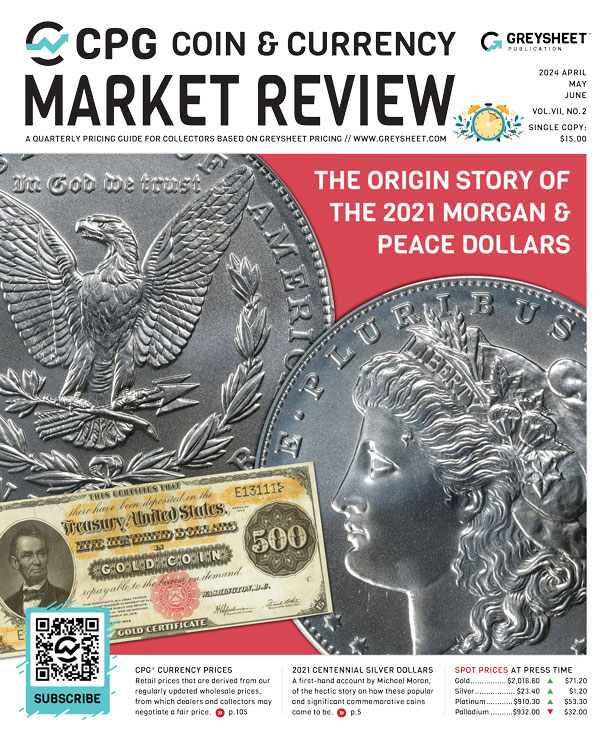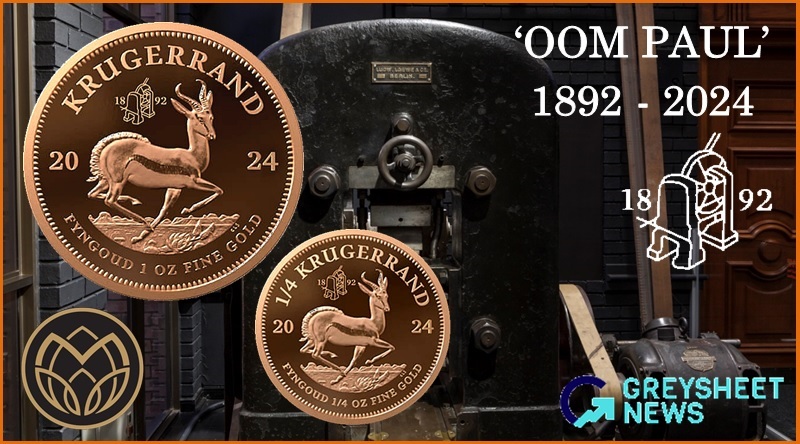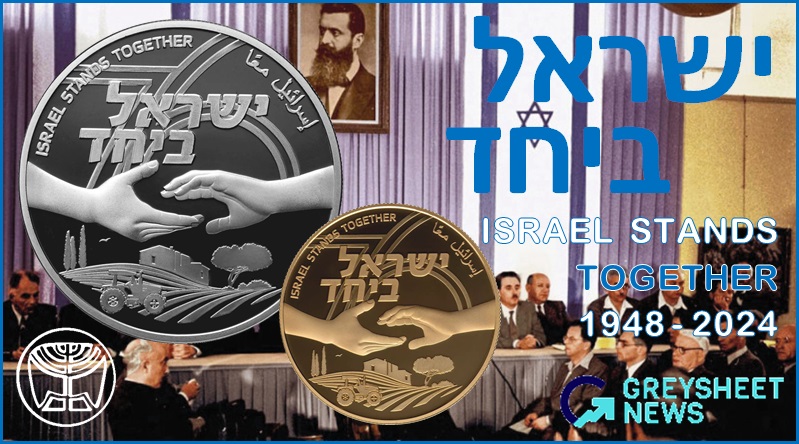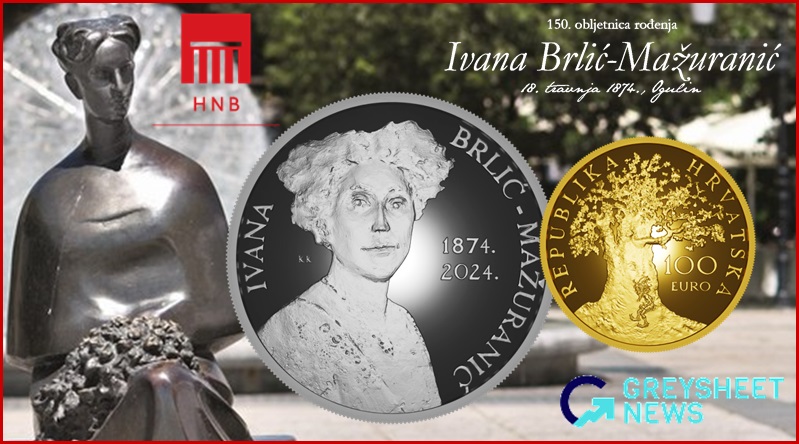South Africa: Final Limited Edition Gold Krugerrand Proof Coins Struck on Legendary Minting Press
The South African Mint have produced commemorative Krugerrands in honour of the retirement of the Oom Paul Press, which struck the very first Krugerrands in 1967.
The incredible history of the Oom Paul press – so named as the word Oom is an affectionate term meaning Uncle and after President Paul Krueger, began with the origins of South Africa’s first mint and that of the South African Mint itself. South Africa’s own coinage started with the discovery of gold in the Johannesburg area in 1886, and the subsequent influx of treasure seekers from all over the world. The President of the-then Zuid Afrikaanse Republik – ZAR saw the urgent need for the new nation to have its own coinage.
In 1890, the Zuid Afrikaanse Republik Volksraad granted a concession to a consortium of Dutch, German and British investors to establish the National Bank of the ZAR and granted them permission to operate a mint. As a result, President Kruger ordered two mint presses manufactured in 1891 from Ludw. Loew & Co. in Berlin to be used in the newly established mint in 1892 located on Church Square, Pretoria. More than 8 million coins were minted between 1892 and 1900 on the Oom Paul including the recently discovered “Lost Hoard” ponds and half ponds. Although the fledgling ZAR Mint was closed down when the British forces occupied Pretoria in 1900, the mining and banking community felt that South Africa should have its own refinery and mint and thus a Royal Mint branch was established in Pretoria. In 1923, the first gold pound was struck in the newly opened Royal Mint branch, and Oom Paul was once more set to work, with the other minting press used for spares. From 1925-1933, during the era when South Africa was governed by the British, gold sovereigns were also minted on Oom Paul and exported to Argentina, Australia, Brazil, the Dutch East Indies, India, Ceylon, Burma, Straits Settlements as well as the United Kingdom. Oom Paul’s services were put to good use when in 1947, commemorative 5 shilling crowns were struck for the visit of the British Royal family. The first coins of the newly-created Republic of South Africa were also produced on Oom Paul when in 1961 after South Africa broke away from the commonwealth, one cent decimal coins were minted.
However, it was in 1967 when Oom Paul made history with the production of the gold Krugerrand – for all intents and purposes, the world’s first internationally traded gold coin created for bullion purposes. Named after President Paul Krueger and combined with South Africa’s Rand currency, the coin whose worth was determined by the spot price of gold rather than that of a currency became a numismatic calling card for the country setting the standard for other bullion coins released by other nations around the world. The most recent coins to be produced were the bi-metallic 5 Rand coins bearing a special countermark. As the South African Mint retires Oom Paul after 132 years of service, it is fitting that the last coins to be minted are Krugerrands, one ounce and quarter ounce bearing a special privy mark denoting the press itself and year of its first production. During its time in service, Oom Paul produced coins in five different locations and will now feature as a primary focus at a new permanent exhibition at the South African Mint Museum in Centurion.

The commemorative Krugerrands feature a one-of-a-kind privy mark above the springbok image on the reverse showing the original press along with the year 1892, its date of manufacturing. The special privy mark is hand-engraved it into the die by engravers at the South African Mint rather than using laser engraving. Above the primary design is the word KRUGERRAND with the coins specifications placed below the springbok. The common obverse design for all Krugerrands features a profile image of Paul Kruger (1825–1904) president of the South African Republic/Zuid Afrikaansche Republiek from 1883 to 1900 and for whom the coins are named after. The effigy was originally modelled by die-engraver Otto Schultz and recreated from the original die used for the historic Kruger silver half-crown coins released in 1892. Placed on either side of Kruger’s image is the text SUID-AFRIKA and SOUTH AFRICA.
| Denomination | Metal | Weight | Diameter | Quality | Mintage Limit |
| ¼ Krugerrand | .9167 Gold | 8.48 g. | 22 mm. | Proof | 1,967 |
| Krugerrand | .9167 Gold | 33.93 g. | 32.6 mm. | Proof | 670 |
Each option is encapsulated and presented in a polished hardwood custom case accompanied with a numbered certificate of authenticity. For additional information, please visit the website of the South African Mint for a list of authorised dealers/distributors.

Download the Greysheet app for access to pricing, news, events and your subscriptions.
Subscribe Now.

Subscribe to CPG® Coin & Currency Market Review for the industry's most respected pricing and to read more articles just like this.
Author: Michael Alexander











